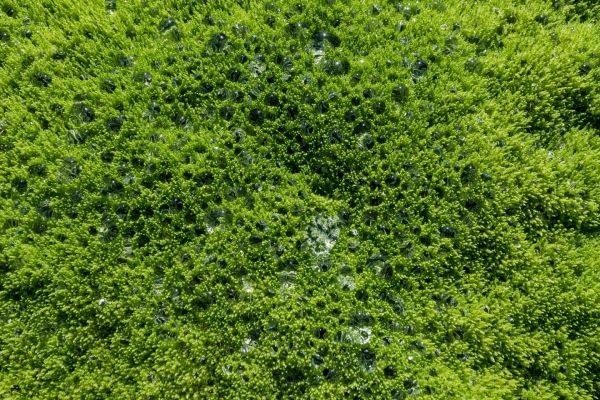The carbon cycle, the process through which carbon moves between rocks, oceans, living organisms and the atmosphere, acts as Earth’s natural thermostat, regulating its temperature over long time periods.
In a new study, published in the journal Nature, researchers looked at samples from rocks spanning the last three billion years and found evidence of a dramatic change in how this cycle functioned about 400 million years ago, when plants started to colonise land.
Specifically, the researchers noted a change in the chemistry of seawater recorded in the rock that indicates a major shift in the global formation of clay – the “clay mineral factory” – from the oceans to the land.
Since clay forming in the ocean (reverse weathering) leads to carbon dioxide being released into the atmosphere, while clay on land is a byproduct of chemical weathering that removes carbon dioxide from the air, this reduced the amount of carbon in the atmosphere, leading to a cooler planet and a seesawing climate, with alternating ice ages and warmer periods.
Read more at: University College London
Water collects on mosses. The first land plants were thought to be non-vascular, like mosses. (Photo Credit: Katmai Preserve NPS Photo/Russ Taylor)


